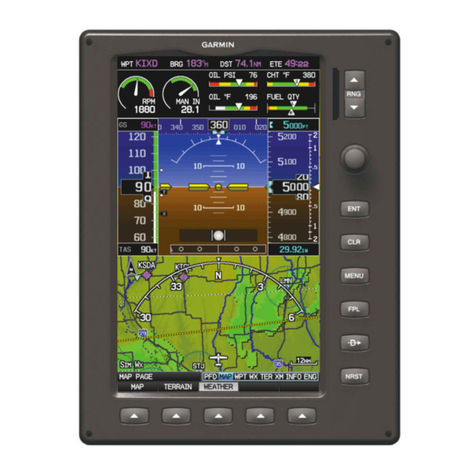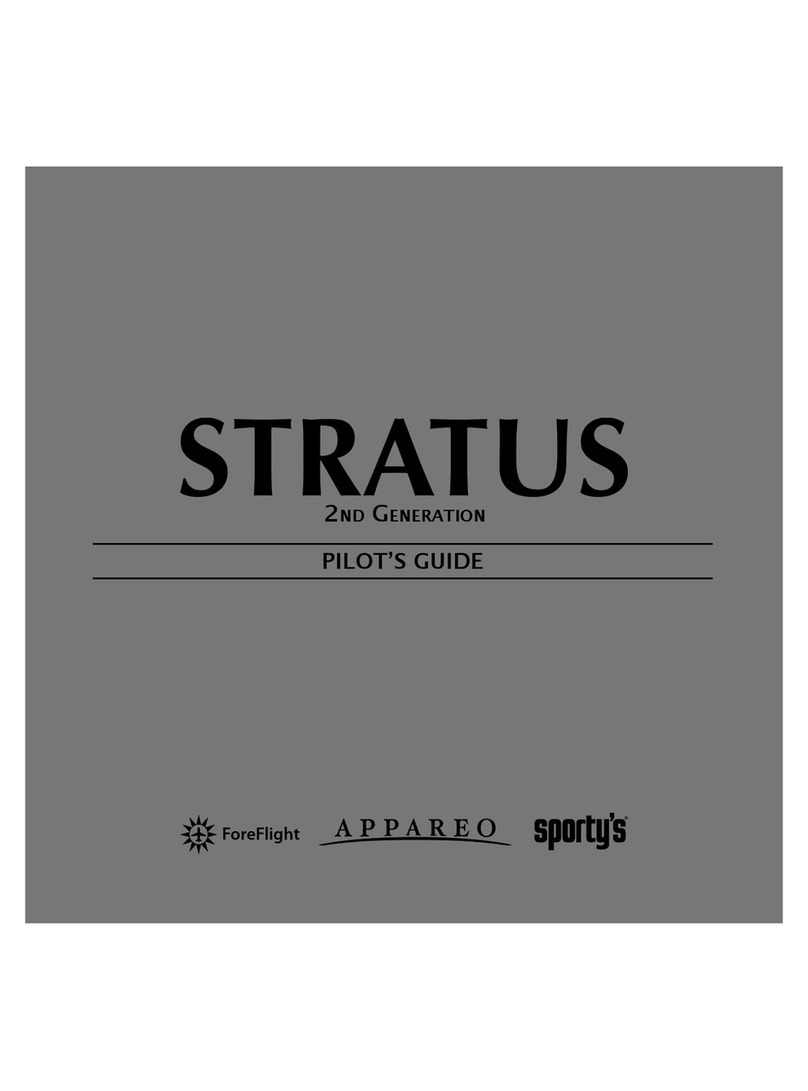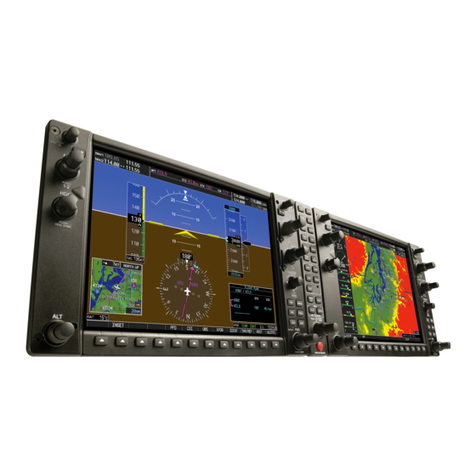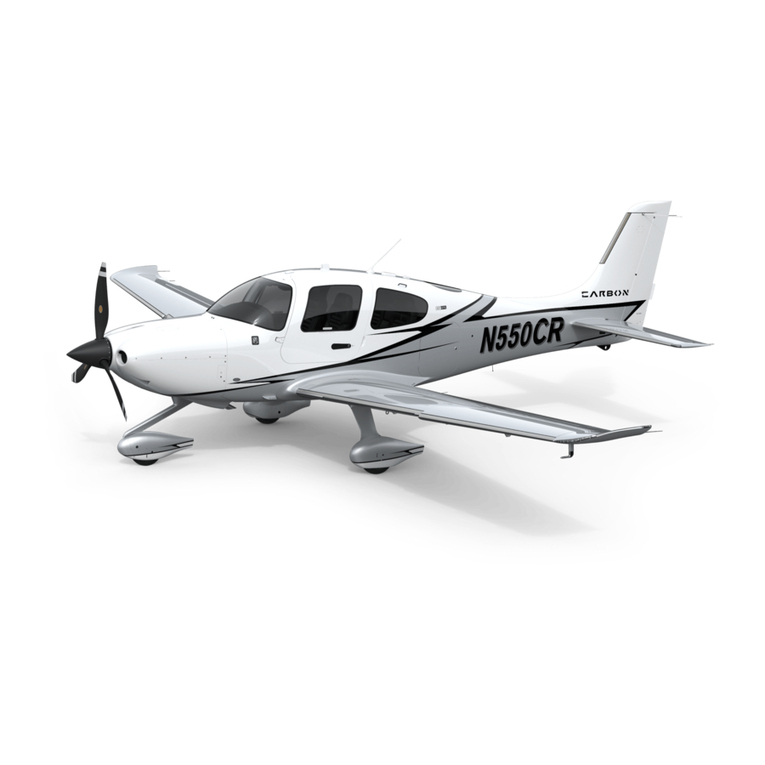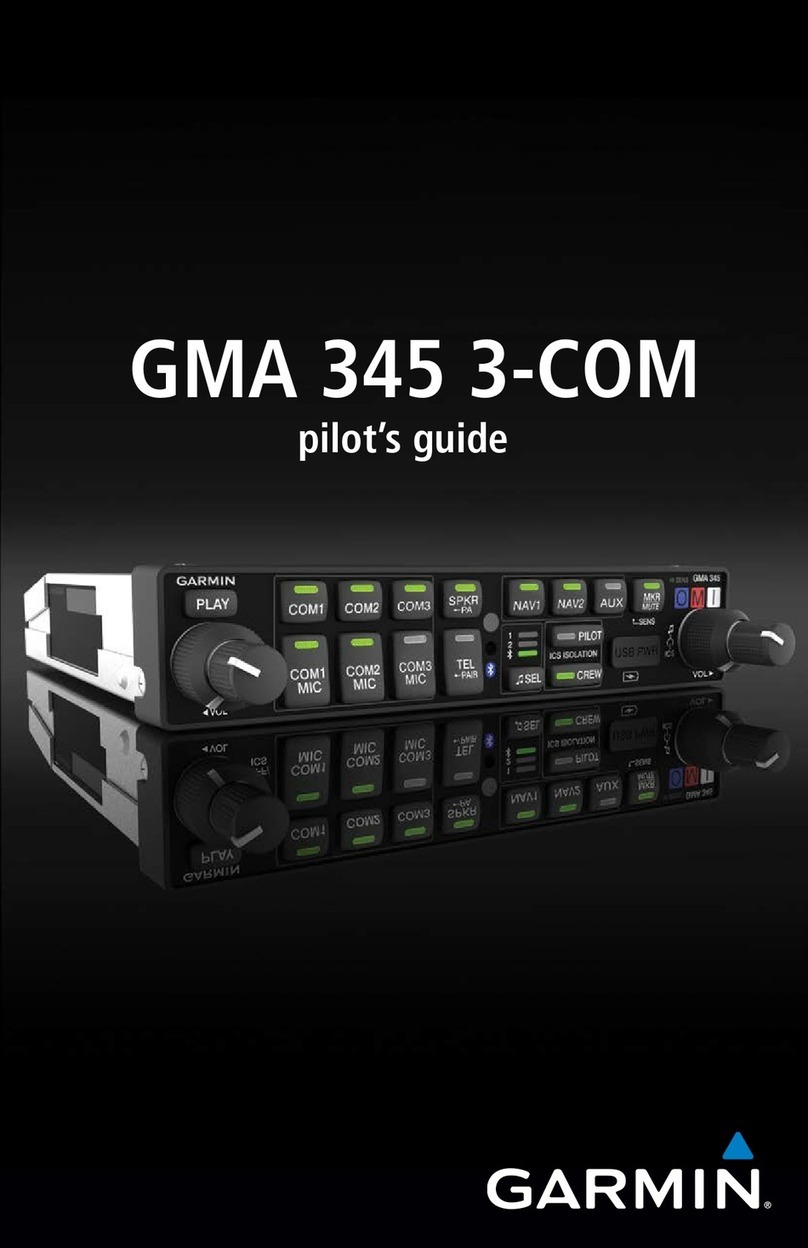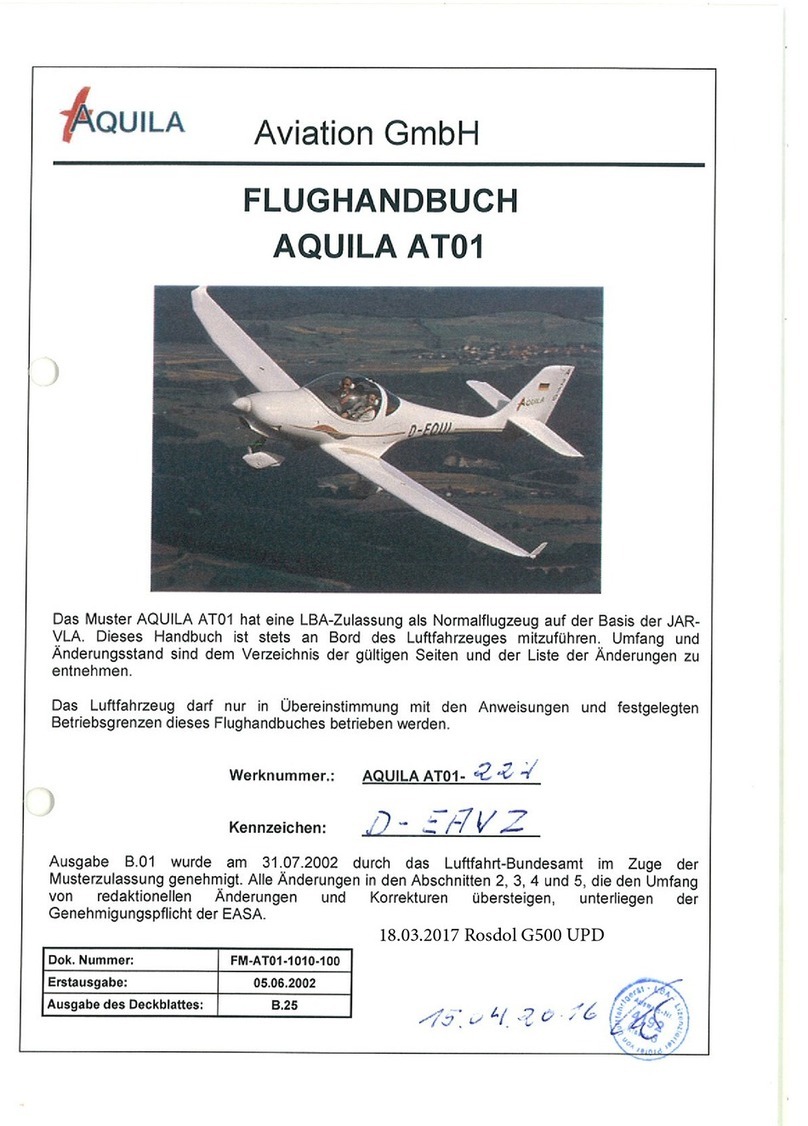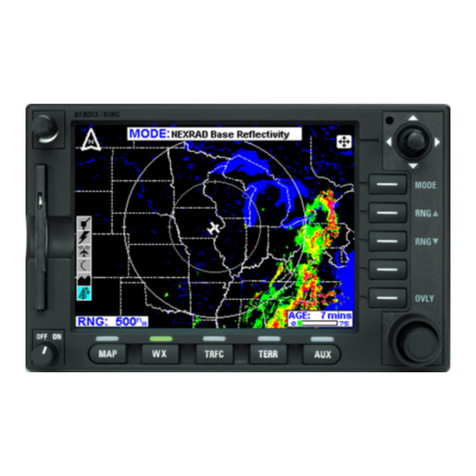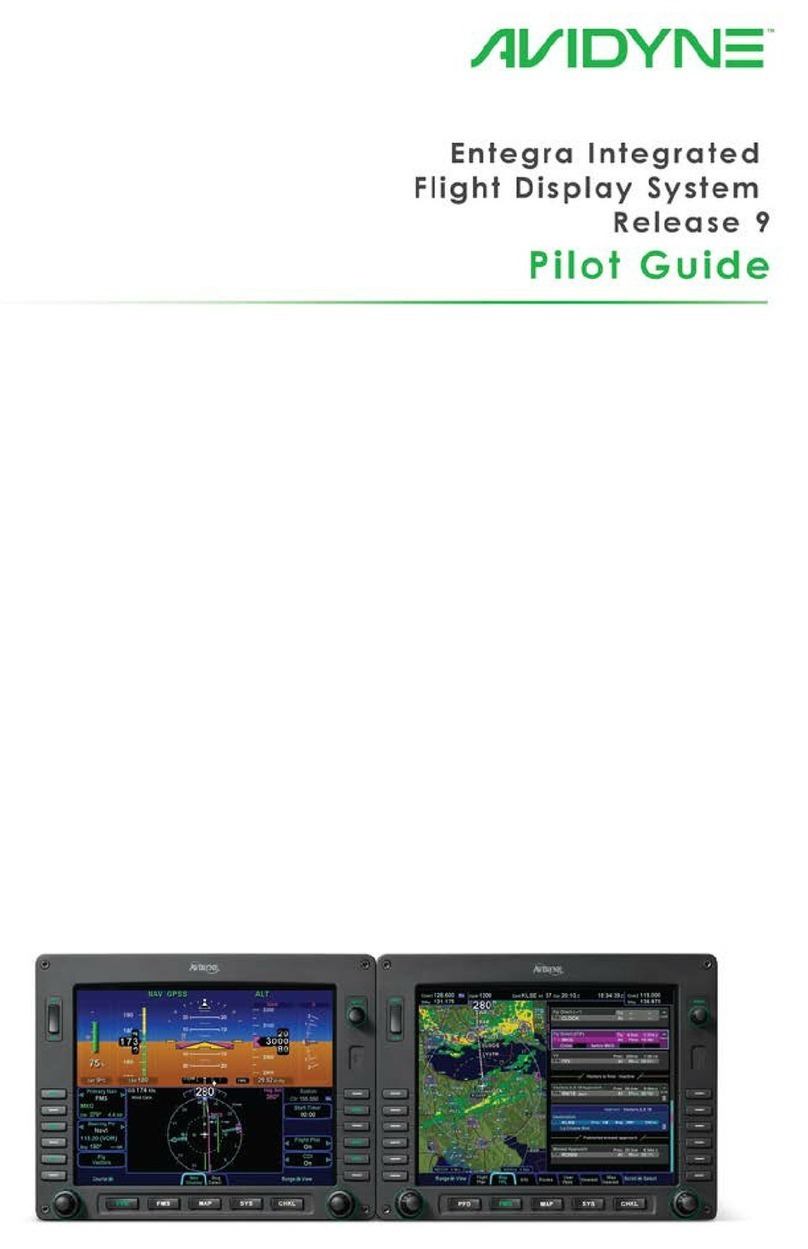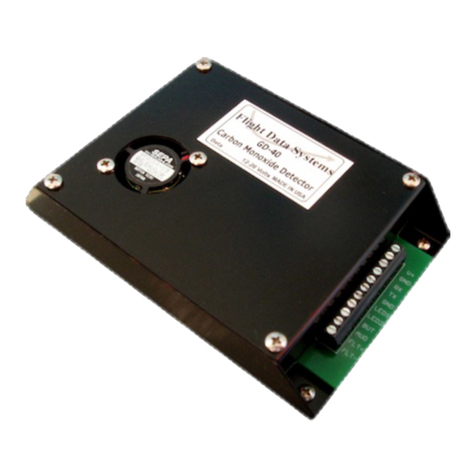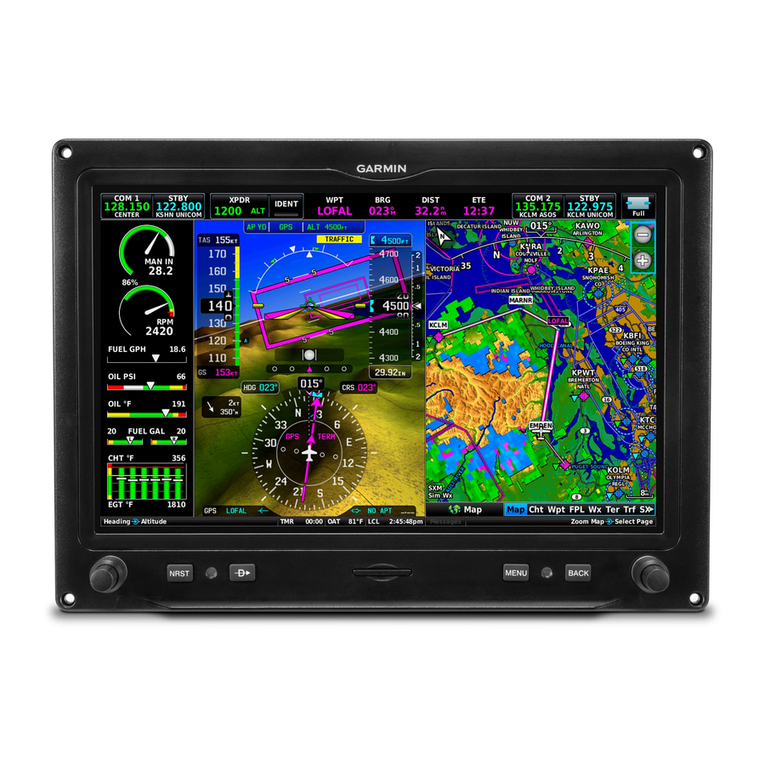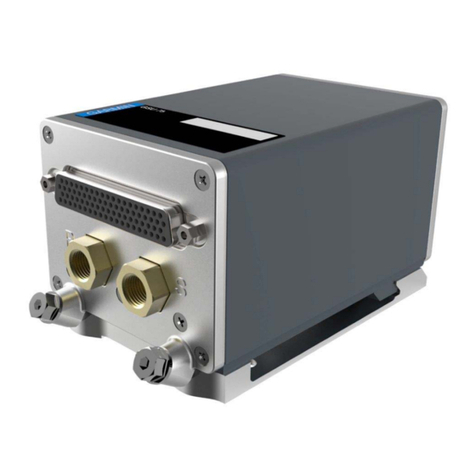SkyTraxx 2.1 User manual

SKYTRAXX 2.1
!
Manual
Version 1.3

20.02.2020
SKYTRAXX®
Manual Version 1.3
2
We thank you for your trust. This flying instrument consists of the most modern
components and latest technologies. The flying instrument has been specially tailored to
the needs of paragliding and hang gliding. The company Skytraxx GmbH reserves the
right to make changes to the contents of this manual as well as to its products at any
time without notice.!
Please visit the homepage of Skytraxx GmbH (www.skytraxx.eu) for up-to-date software
and for additional information about this product.

20.02.2020
SKYTRAXX®
Manual Version 1.3
3
Note !
SKYTRAXX GmbH rejects any responsibility that may be caused by incorrect
information on flight. It is the sole responsibility of the pilot to make correct flight
decisions.!
SKYTRAXX GmbH is not responsible for any damage resulting from any erroneous or
missing data of the flight instrument.

20.02.2020
Contents
1. Device view"5!
2. First Steps"6!
3. USB"6!
4. Switch on and off" 6!
5. Operation"6!
6. Main Menu"6!
6.1. Mode"7!
6.2. Recorder"7!
6.3. FANET Buddy List"7!
6.4. Wind station"9!
6.5. Flight Log"9!
6.5.1. Analysis"9!
6.5.2. View"9!
6.5.3. Play-back"9!
6.5.4. Set as Trail"10!
6.5.5. Upload Flight"10!
6.5.6. Convert to KML"10!
6.5.7. Delete"10!
6.6. Navigation"10!
6.6.1. Goto"10!
6.6.2. Route"11!
6.6.3. Competition"11!
6.6.4. Map Overflight"12!
6.6.5. Custom Waypoints"13!
6.7. Settings"13!
6.7.1. Variometer"13!
6.7.2. Volume"14!
6.7.3. Flight Screens"14!
6.7.4. Pilot"18!
6.7.5. FANET+"18!
6.7.6. OLC Profile(e)"19!
6.7.7. Forwarding"20!
6.7.8. Timezone"20!
6.7.9. Language"20!
6.7.10. Units"20!
6.7.11. Airspace"21!
6.7.12. Display Contrast"22!
7. Device Status"22!
8. Online Update"22!
9. Update device without WiFi"23!
10. Automatic QNH Set"23!
11. Statistic"24!
12. FLARM"24!
13. Shut Down"24!
14. RESET"24!
15. Technical Data"24!
16. Waterlanding"24!
17. Warranty"25!
18. Disposal"25!
19. Disclaimer"26
SKYTRAXX®
Manual Version 1.3
4

20.02.2020
1. Device view
⚠If the menu key is held down for more than 10 seconds, a reset is triggered and the
device restarts. It will not delete any data.!
SKYTRAXX®
Manual Version 1.3
5
ON / OFF + Menue-
Button
DOWN
UP
OK
Button
USB-C
FANET+
Antenna
Speaker
Safety
leach

20.02.2020
2. First Steps
Please fully charge the instrument before first use. This can be done with the
supplied USB cable and power supply. A loading on the PC is also possible. The
charging time with the included power supply is the quickest. The USB-C charging
socket is located on the left side of the device. The charging process stops
automatically when the battery is fully charged. The charging time is about 5 hours.
On the PC about 15 hours. An integrated charge / discharge protection protects the
battery from damage. The SKYTRAXX 2.1 has a lithium polymer battery installed. A
big advantage of these batteries is the low loss of charge during prolonged storage.
There is virtually no memory effect. The charged battery lasts for about 40 hours of
flight operation.
3. USB
When the USB cable is connected to the power supply and the device, the battery
begins to charge. A charge indicator is shown on the display. Pressing the menu
button will turn on the SKYTRAXX and continue charging. If you are on the screen
pages and insert the USB cable into the PC, the USB symbol appears on the
display. The device connects to your computer. A drive named SKYTRAXX appears
on the computer. Included there are all the data stored in different folders. In the
folder "flights" are e.g. all flights stored in IGC format and can be accessed. Before
the cable is pulled, the drive should be ejected from the computer.!
4. Switch on and off
By pressing the menu key the Skytraxx is switched on and a countdown is started.
This should be confirmed within 10 seconds with the OK button. The Vario is now
ready for use. To switch off, press and hold the menu button for 3 seconds. Again, a
countdown begins. If the switch-offis confirmed with the OK button within 10
seconds, the Vario switches off.!
5. Operation
After switching on, the first screen is displayed. At delivery, this is the classic screen
page. With the OK button one changes to the next screen page. The middle buttons
are used to change the zoom factor on the Map and Thermal Assist pages. At the
fanet radar page the user can be changed. On the map side you can see the flight
symbol representing your own position. As long as no valid GPS signal is received,
this symbol is ➤Gray. Only after a valid GPS signal the symbol ➤Black is drawn.!
6. Main Menu
The menu key switches from the screen pages to the main menu. If you are in a
menu item, you can go back one level with the menu key until you are back at the
screen pages.!
If you remain on a menu item for more than 5 seconds, you will most likely receive a
tooltip (small pop-up window) that further describes the menu item.!
SKYTRAXX®
Manual Version 1.3
6

20.02.2020
6.1. Mode
The Vario supports 2 different operating modes. You can choose between Fly and
Hike.!
When selecting Hiking, the selection of possible screen pages that are optimized for
each mode differs. By default, the map page is displayed. The FANET Radar page
can be added and configured under Settings →Hike Screens. When switching to
Hike, the logbook changes to a Hike Log. The routes are saved in the directory
"hikes" in GPX format. A later analysis or statistics of the routes can be found in the
Hike Log. You can also copy routes in GPX format into the "hikes" folder.!
After selecting the route you get 3 options:!
•Analysis: the basic data is displayed.!
•Show: the path is displayed graphically.!
•Use as path: the path is displayed and can be used as a navigation help.!
⚠Before flying, be sure to switch back to flying mode.!
If you select Fly, the recordings will be saved in the "flights" folder in IGC format.
There are 7 different screens available in this mode that can be configured. The
procedure is described in section Flight Screens. The logbook is under point 6.4.
explained.!
6.2. Recorder
Recording defaults to Auto. The recording starts automatically after the start
detection and ends automatically at the landing detection. The recording can also be
started manually with the OK button.!
A long press on the OK button locks the recording. This is in case if you make a
driveway to the launch site, or a ride in the car, and this should not be recorded.!
6.3. FANET Buddy List
AUTO status is preset and automatically switches between walking and flying.
Manually the status can be changed from a list. A selectable status is "SOS call". If
this is set, all users in the reception area are informed. Users are automatically
navigated to your location. !
⚠This status should only be used in an emergency.!
SKYTRAXX®
Manual Version 1.3
7

20.02.2020
All friends and users in the lobby are listed. Are friends offline, these are also listed.
The icon on the right shows whether the user is online. Tom is online, Ralf is a friend
and offline.!
After selecting a user, there are other options. Under Information you can see the
details about the user. In addition, the friend and consequences option can be set.
With option Follow a line is dragged from your position to the user, so the user can
be tracked. If the friend option is ticked, other users will be hidden.!
Distance 1m @ E means: 1 meter away to the direction east.!
The compass rose in the classical screen now indicates the direction of the FANET
buddy you are following using an arrow.!
SKYTRAXX®
Manual Version 1.3
8

20.02.2020
6.4. Wind station
There are new widgets for displaying a wind station. Via FANET, data of a ground
wind station can be received. Windsock direction and windsock speed can be
selected as a display option.!
Under Menu "FANET Buddy List" wind stations are also listed. If a station is
selected, further data is obtained.!
6.5. Flight Log
Now you can go through the data structure (year, month, day) in a particular flight. If
the flight is confirmed with the OK button, there are further options.!
6.5.1. Analysis
The basic data of the flight are displayed over several pages.!
6.5.2. View
The track track with altitude profile is displayed. With the up and down button it is
possible to go through the flight.!
6.5.3. Play-back
The selected flight is played on the display
The playback speed can be controlled via
the up and down buttons.!
SKYTRAXX®
Manual Version 1.3
9

20.02.2020
6.5.4. Set as Trail
Displays as a path one can follow.!
6.5.5. Upload Flight
Upload IGC to online contest server via WiFi.!
6.5.6. Convert to KML
Can be viewed with GoogleEarth.!
6.5.7. Delete
Erasing a flight, can not be undone.!
6.6. Navigation
In the navigation menu you will find 5 more entries:!
6.6.1. Goto
Existing waypoints can be sorted before selection.!
After selecting a waypoint, the middle arrow shows the direction to the waypoint.!
The middle arrow shows the direction to the waypoint.!
SKYTRAXX®
Manual Version 1.3
10

20.02.2020
6.6.2. Route
A route describes an ordered list of waypoints that lead from a particular start
location to a destination.!
After entering a name, the waypoint must be selected from a list as the next step.
You can add as many waypoints as you like. With Overview, the current route is
shown on the display. Activate starts the navigation.!
On the Navigation page, the middle buttons can be used to switch a waypoint
forward or backward. Navigation is stopped in the menu Navigation, Stop
Navigation.!
6.6.3. Competition
The SKYTRAXX 2.1 is equipped with extensive competition functions. They are
based on the latest FAI guidelines and the current requirements of the Task
Settings (PWCA 2016). This makes the SKYTRAXX 2.1 the perfect flying
instrument for all competitions.!
The SKYTRAXX 2.1 stores all information relating to a particular competition in a
competition folder in the "competition" directory.!
In the competition folders, all tasks and the associated waypoints or inflection
points files are saved.!
If race directories are already created, you can use the up and down keys to select
the desired folder to edit a match (for example, add a task).!
Create competition:
With menu selection Navigation ➜Competition ➜New competition you create the
competition folder in the file directory and name it accordingly (eg »Mosel Open
2019«).!
The competitor (corresponding subfolder of "competition") must have a waypoint
list in GPX format. This list represents i.d.R. the competition management.!
The easiest way to connect the SKYTRAXX via USB to an external computer is to
copy the file directly into the competition directory.!
Create task:
To create a new task, select Menu ➜Navigation ➜Competition, select the desired
competition with the arrow keys and OK.!
Now select new task or the desired, already saved task with the arrow keys and
OK. An overview of the configuration of the task appears. The individual settings
for the task are selected for editing with the arrow keys and OK.!
SKYTRAXX®
Manual Version 1.3
11

20.02.2020
Task Settings:
Start Open: Time for opening the start window!
Task Deadline: Time for closing the start window!
List of turning points!
When adding or editing an inflection point, there are further options:!
Type: Starting Position, Turning Point, Start Speed Section, End Speed Section,
Target (Cylinder), Target (Line).!
Radius: Change the cylinder size!
Mode: Enter or Exit!
Removes the inflection point from the task!
If all settings for the task are set, you can activate it. An overview is also available.!
6.6.4. Map Overflight
With this function one can "fly over the map", e.g. to display airspace borders. The
control of the overflight is done with the middle buttons. The OK button switches
between zoom and direction.!
SKYTRAXX®
Manual Version 1.3
12

20.02.2020
6.6.5. Custom Waypoints
Here own waypoints can be saved, edited or deleted.!
6.7. Settings
6.7.1. Variometer
•Climb Threshold:
Rate at which the vario will start beeping!
•Sink Treshold:
Rate at which the vario will start beeping!
•Silent on Ground
Vario is enabled after takeoff!
•Sensitivity:
10% = inertially, 100% = agil!
•Integration Time:
Averages the vertical speed over the period!
•Tone Profile:
Changers the acoustic behavior!
SKYTRAXX®
Manual Version 1.3
13

20.02.2020
6.7.2. Volume
The volume can be changed in 10 steps. At 0 the sound is switched off.!
6.7.3. Flight Screens
Here you can edit existing pages or add more pages.!
The following 10 pages are available:!
The compass is aligned in the direction of flight. The gray arrow indicates where the wind
comes from. In this case, the wind comes from behind.!
The indicator on the Variobar displays the average rise over the integration time.!
SKYTRAXX®
Manual Version 1.3
14
Classic Screen 3 custom fields

20.02.2020
All airspaces as well as take-offand landing
sites in the zoom area can be seen. The names
of the waypoints are only displayed if they are
not overwritten by others. The arrow shows
your own position. If the recording is started,
the own flight track is drawn. The FAI Triangle
Wizard fades in as soon as enough data is
available for the calculation. The zoom range is
changed via the middle buttons.!
!
With the Thermal Assistant a very powerful
feature has been implemented. The assistant
detects thermal and calculates the thermal
center and displays this with a circle. The flight
symbol displays a forecast of the lane so it is
easy to circle in the thermal center. In the
thermal calculation, the wind offset is taken into
account. If no reasonable data are available for
the calculation, the circle becomes a square or
disappears completely. The arrow indicates the
wind direction with strength.!
!
The Navigation screen provides an overview of
the route or task. The middle buttons can be
used to move a waypoint forward or backward.!
!
The Triangle Assistant automatically calculates the XC distance and its shape every
minute. (Free Range, Flat Triangle, FAI Triangle). Graphically,
sectors are drawn. The grayed-out sector is preferable to
control. For an FAI triangle, a greyed out segment indicates
where the target point for the triangle lies. Only after reaching
the triangle is closed. Here is an example flight explains how
an optimal FAI triangle is flown.!
Pic 1: The pilot first flies in one direction.!
SKYTRAXX®
Manual Version 1.3
15
Thermal Assistant 4 custom fields
Map Screen 4 custom fields
Navigation 4 custom fields
Triangle Assistant 4 custom fields
Picture 1

20.02.2020
Pic 2: The pilot now decides to set the second point of the
triangle. The sector is greyed out. The pilot should now fly
into this sector. The deeper, the more points are reached.!
!
Pic 3: The pilot has reached the sector and is now flying
back. Automatically a grayed-out segment is displayed.
When this is achieved, the conditions of an FAI triangle are
met.!
!
Pic 4: The pilot has reached the segment and the calculation
displays an FAI triangle. In order to reach the maximum
number of points, the grayed-out circle can be approached.!
!
Pic 5: The pilot did it. FAI triangle with 168.5 points.!
Very large and clear presentation of 3 freely selectable fields.!
SKYTRAXX®
Manual Version 1.3
16
XXL Screen 3 custom fields
Picture 2
Picture 3
Picture 4
Picture 5

20.02.2020
In the FANET Radar, all FANET devices are visible in the reception area. In the left list a
pilot can be selected. It can be seen if the pilot is on the ground, needs help, or is flying.
Via the display fields one can e.g. to show the details like altitude or distance.!
The lower part of the screen displays the cross-section of the terrain and the airspaces.
The own position is shown as a triangle symbol. The upper view shows the plan view of
the airspaces in flight direction to the right. The middle buttons can be used to change
the zoom factor.!
SKYTRAXX®
Manual Version 1.3
17
FANET Radar 4 custom fields
Crossection 4 custom Fields
Airspaces 2 custom Fields

20.02.2020
The Airspaces screen provides an overview of the airspaces within a 20km radius. With
the middle buttons the information of an airspace can be interrogated. After 2 minutes,
the view automatically switches back to the next airspace. At the top left, the horizontal
distance to the airspace is displayed. For the freely assignable fields, it is recommended
to select a field with QNE. This makes it possible to quickly check the horizontal distance
to the airspace.!
!
On the barogram screen you can see graphically the altitude of the last 120seconds. The
number right (80) indicates the horizontal altitude range over the displayed altitude.!
6.7.4. Pilot
Here the pilot name can be entered, this will be entered in the IGC file. By
pressing the OK button for a long time several profiles can be entered. This is only
necessary when flying with different aircrafts.!
6.7.5. FANET+
•FANET+ Enable / Disable wireless interface!
•FLARM FLARM is only available for Paraglider and Hangglider!
•Type FLARM only works for Paraglider and Hangglider!
•Broadcast Name If disabled, data gets anomymized!
•Online Tracking If disabled, base stations will not forward any data to the
internet!
•Messages From Determine who`s messages are displayed!
!
SKYTRAXX®
Manual Version 1.3
18
Barogram 4 custom Fields

20.02.2020
6.7.6. OLC Profile(e)
Upload flights via Wifi to a server. Under Settings OLC Profil(e) you can create one or
more profiles. After selecting Add ... the corresponding server must be selected first. You
can choose between DHV Leonardo or XContest. After this selection, first enter the profile
name. Then all other data such as User and Password must be entered. These data must
correspond to the credentials of the corresponding server.!
After entering "Test Login" can be selected to validate the login data.!
!
!
SKYTRAXX®
Manual Version 1.3
19

20.02.2020
6.7.7. Forwarding
The forwarding of the NMEA data to a mobile phone can be set here. On the
mobile phone, a hotspot must be opened. The SKYTRAXX then tries to connect
to the phone. On the mobile phone can e.g. XCTrack be supplied with the vario
data.!
The following data is forwarded:!
$ GPRMC = time, date and speed!
$ GPGGA = GPS altitude and position!
$ LK8EX1 = pressure altitude and climb rate!
$ FNNGB = FANET data!
6.7.8. Timezone
Here the time zone can be set. Summer and winter time is automatically changed.!
6.7.9. Language
Switching the language. Currently German, English and French are available.!
6.7.10. Units
For altitude, distance, climb rate, speed and coordinate, the corresponding unit or
format can be set.!
SKYTRAXX®
Manual Version 1.3
20
Table of contents

